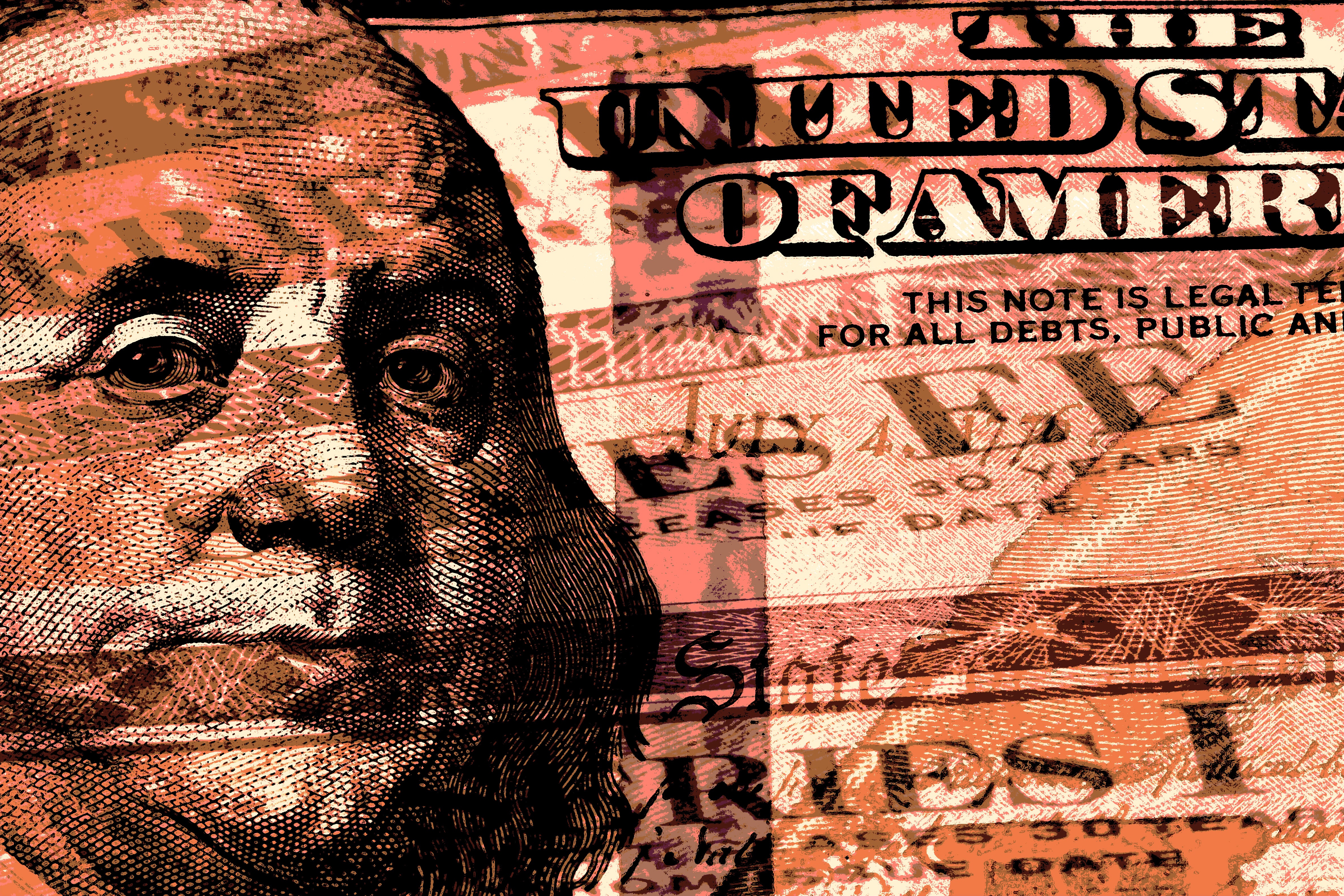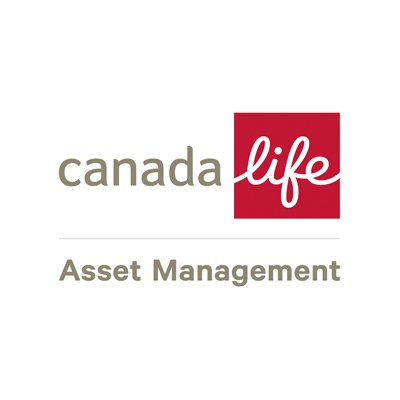Investors have rotated into 10-year US Treasury bond ETFs over the past month amid recession fears and predictions the Federal Reserve will halt its tightening cycle at a lower level than market expectations.
According to data from ETFLogic, the iShares $ Treasury Bond 7-10yr UCITS ETF (IBTM) has seen $1.2bn inflows over the past month while investors have piled $895.6m inflows into the Invesco US Treasury Bond 7-10 Year UCITS ETF (TREX), as at 29 June.
This shift to longer-duration US Treasury bond ETFs has come at the same time as a rotation out of short-duration strategies. Over the same period, investors have pulled $281m from the iShares $ Treasury Bond 1-3yr UCITS ETF (IBTS) and $768.3m from the PIMCO US Dollar Short Maturity UCITS ETF (MINT).
The Fed has been on an aggressive tightening cycle so far this year in a bid to stave off inflation which has skyrocketed to 8.6% in May, its highest rate since December 1981.
Persistent inflation has caused the US central bank to raise interest rates by 150 basis points (bps) so far this year with the latest a 75bps hike in June.
This – the largest increase in US interest rates since 1994 – was supplemented by comments made by Fed chair Jerome Powell to congressional lawmakers last week that the central bank is “strongly committed” to tempering inflation despite concerns rate rises will “tip this economy into recession”, as highlighted by Senator Elizabeth Warren.
This has created a strong environment for short-duration US Treasury bond ETFs in recent months with the iShares $ Treasury Bond 3-7yr UCITS ETF (CBU7) collecting $1.4bn inflows and IBTS seeing $301m new assets in the month to 18 May.
As a result of current market conditions, TwentyFour Asset Management, a fixed income mutual fund specialist, has forecasted the Fed will increase rates by a further 175bps in 2022 – 75bps at July’s Federal Open Market Committee (FOMC) meeting, 50bps in September, 25bps in November and a further 25bps in December – taking US rates to 3.5% by the end of the year.
Crucially, however, TwentyFour AM believes the Fed will pause at the end of the year “having hopefully learned their lesson from December 2018 when they forced through what most consider to be one too many hikes”.
This pause in hikes is why investors are eyeing longer-duration US Treasury bond ETFs. Yields on 10-year US Treasuries have been trading under 3.1% since 21 June, down from 3.5%.
As a result, Jordan Sriharan, fund manager at Canada Life Asset Management, said 10-year US Treasuries are an attractive part of the curve as they offer protection in a recessionary environment.
“The biggest story in markets at the moment is the fall in US Treasury yields,” Sriharan told ETF Stream. “The simplest explanation [for the fall in 10-year Treasury yields] is recession fears are ascendant and the market thinks the Fed will be able to stop tightening at a lower level than previously expected.
“The futures market is indeed pricing in a lower peak for the Fed funds rate.”
Suddenly, this creates an environment where short-duration US Treasury bond ETFs are not as attractive as they once were.
As Mark Holman, founding partner at TwentyFour AM, explained: “With the Fed on hold and a late-cycle economy, we think it is likely the two-year part of the [US Treasury yield] curve already starts to price in some future rate cuts and we see that part of the curve possibly 50bps inverted to the Fed funds rate as a result.
“That means buying longer-dated US Treasuries for portfolio balancing purposes, especially with yields north of 3%, would be a prudent consideration and that the second half of the year should provide bond investors with some much-needed stability.”
Related articles




